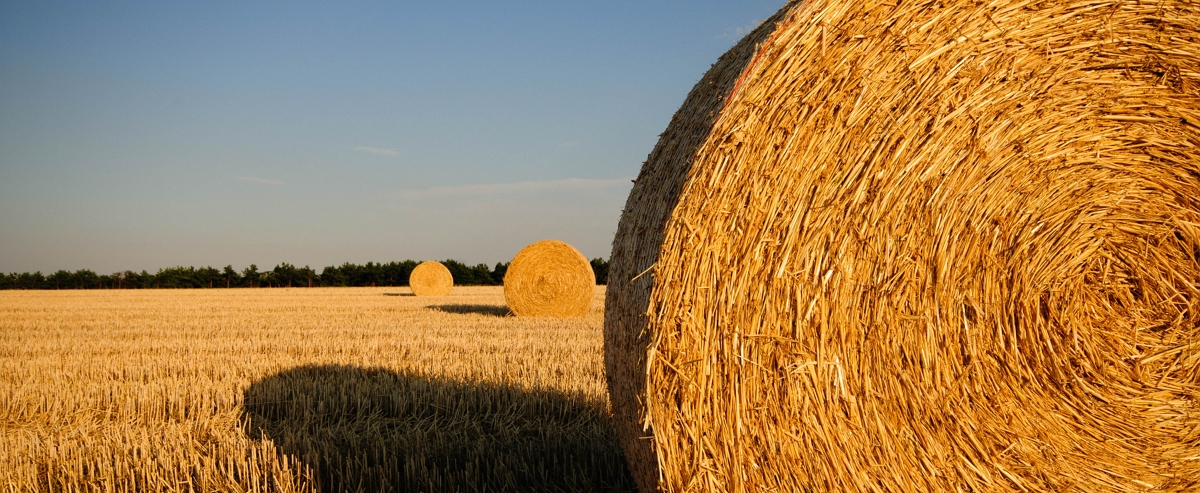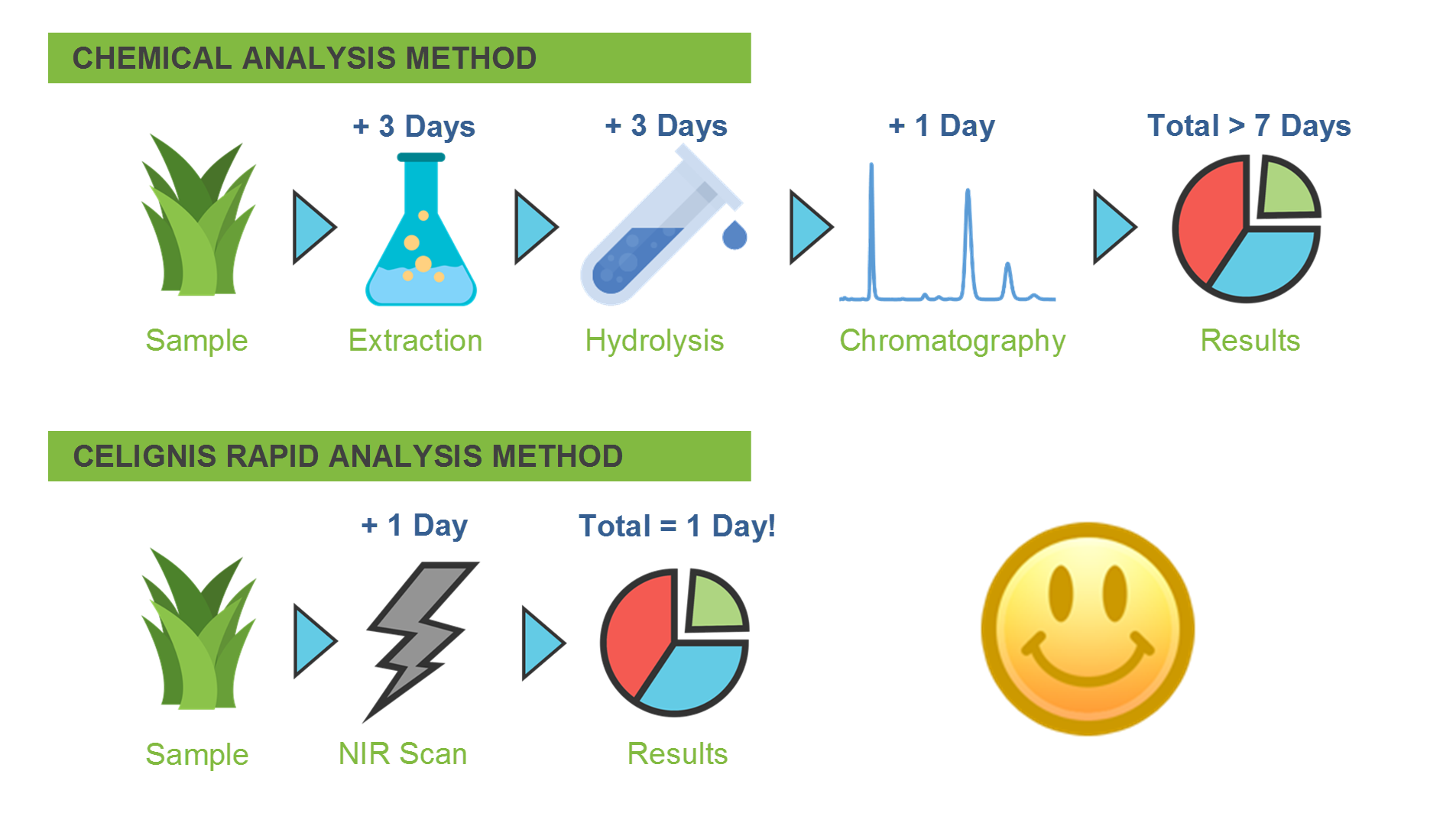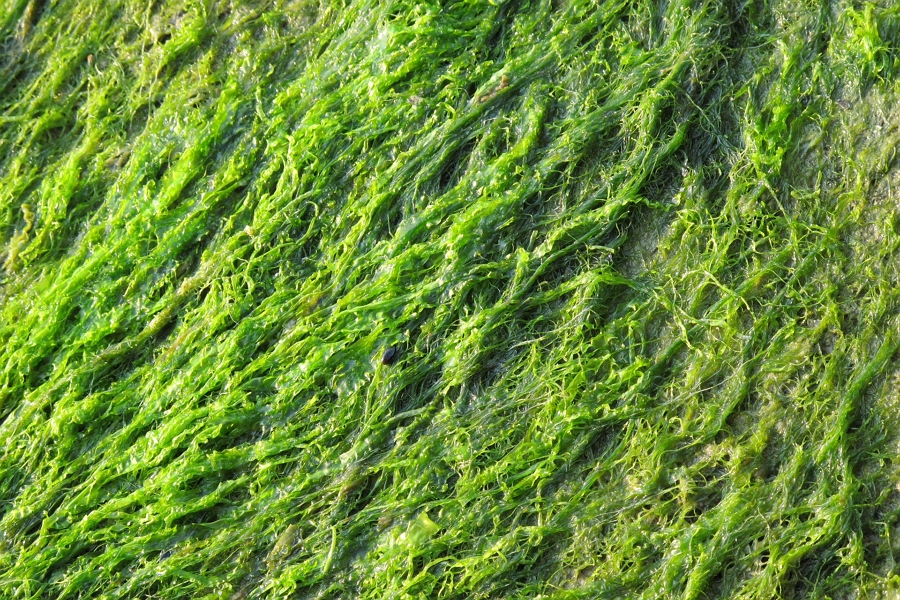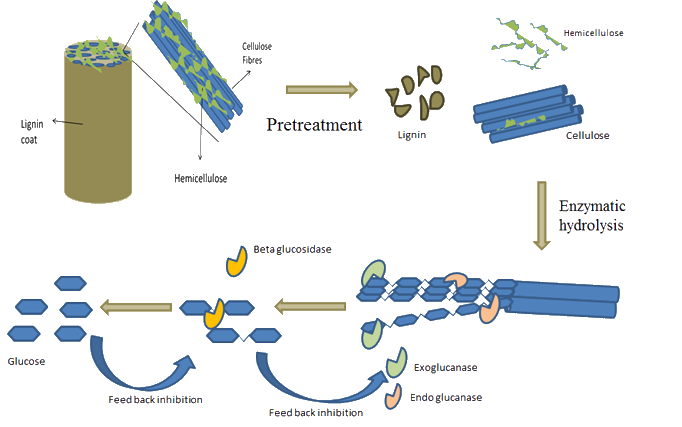Biomass Analysis Services
Our team has signficant experience (PhD, MSc, BSc, and placements in industry) in biomass-related disciplines and have a wide array of peer-reviewed publications and chapters concerning the analysis of biomass and biorefining.
During his time as a researcher, Celignis's founder Dan Hayes found that feedstock composition was crucial, but that literature data could be highly misleading. There was a critical need for accurate analysis. This led to the formation of Celignis. We are driven to provide the best possible data and want to play our part in the development of the bioeconomy.
Our biomass analysis methods cover a number of key areas, as detailed below:
Lignocellulosic Constituents
Click here to read more on the chemistry of lignocellulose and here to see our analysis packages for lignocellulosic biomass.
We also have significant experience in the analysis of biomass samples from a range of pre-treatment technologies and other biomass conversion processes. We have a set of recommended analysis packages that will help you to get the most detailed data about the whole conversion process.
Rapid NIR Biomass Analysis
Get more info...NIR Analysis
Analysis of Process Liquids
At Celignis we offer a number of analysis packages to characterise these liquids. For instance, we can analyse the free sugars, including uronic acids, in solution as well as the amounts of each sugar that are tied up in oligomers. There is also an analysis package available for the carbohydrates present in the water extracts of biomass.
Click here for more information on the analysis of pre-treatment liquids and here for more information on the analysis of sugar degradation products.
Get more info...Process Liquids
Anaerobic Digestion
Our BMP packages also involve routine analysis of biogas composition (methane, carbon dioxide, hydrogen sulphide, ammonia, oxygen). We also provide detailed analysis of the digestate, the residue that remains after a sample has been digested. Our expertise in lignocellulosic analysis can allow for detailed insight regarding the fate of the different biogenic polymers during digestion.

Get more info...Anaerobic Digestion
Bioenergy Parameters
We recognise that it is important that you have confidence in the analytical data that you receive. That is why we follow internationally-recognised standard analysis methods and undertake all analyses in duplicate, reporting values for each of the replicates analysed, along with the average and the standard deviation. This allows us to repeat the analysis (at no extra charge) if the deviation values are high.
Moisture and ash contents are of crucial importance for combustion. This is reflected in our online, Excel, and pdf reports where all data for bioenergy-related parameters are expressed on dry-mass, as-received, and dry-ash free bases, according to standard method EN 15296:2011.
Click here to see our analysis packages for combustion properties of biomass.
Get more info...Bioenergy
Seaweed Analysis
We are able to quantify all of the important aldoses (e.g. glucose, mannose etc.) and deoxy-sugars (fucose and rhamnose) present in seaweed as well as five uronic acids (mannuronic acid, guluronic acid, glucuronic acid, 4-O-Methyl-D-Glucuronic Acid, and galacturonic acid) and mannitol. We can also determine a range of amino acids in seaweed.
Get more info...Seaweed
Physical Properties
Particle Size - Our lab is equipped with a Retsch AS 400 sieve shaker. It can accommodate sieves of up to 40 cm diameter, corresponding to a surface area of 1256 square centimetres. This allows us to determine the particle size distribution of a range of samples, including wood chips, by following standard methods EN 15149- 1:2010 and EN 15149-2:2010.
Pellet Properties - Pellets that have lengths and diameters
that are outside of the specified limits
can cause transportation problems in
screw conveyors, silo outlets, and
burner feeding systems.
We can help you quickly identify and
avoid such issues by determining the
length and diameter of your pellets
according to standard method EN
17829:2015.

Density - Bulk density is an important parameter when considering the transport of biomass and, together with the net calorific value, it determines the energy density. We determine bulk density using ISO standard 17828:2015 with a 5 litre container (certified to EN 10204-3.1).
Get more info...Physical Properties
Analysis for RINS Credits
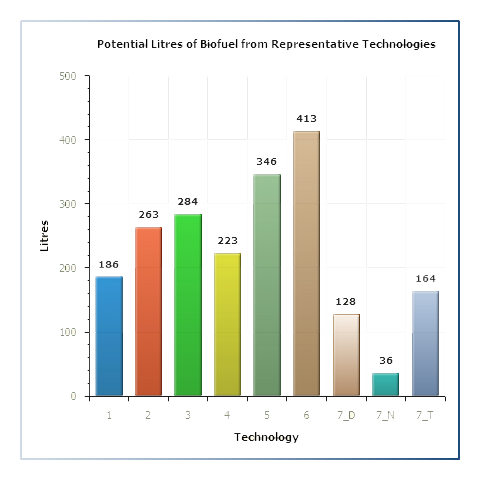
Bipoas production can also be eligible for cellulosic (D3) RINS. We can determine the percentage cellulosic RINs and maximum achievable RINs for biogas production from D3 and D7 unapproved feedstocks (i.e. RFS EMTS (EPA Moderated Transaction System) reporting codes 335 and 336) by doing biomass composition analysis and biomethane potential (BMP) tests.
Click here to read more about RINS and our relevant analysis methods.
Get more info...RINs Credits
Enzymatic Hydrolysis
At Celignis we offer a range of analysis packages to determine the enzymatic digestibility of biomass. These tests are particularly important when evaluating the effectiveness of biomass pre-treatments. We can also look for the fermentation inhibitors in enzymatic hydrolysates and we can analyse the solid resdiues after hydorlysis in order to show what amounts of the structural polysaccharides have not been hydrolysed and to help to inform decisions regarding how this residue is valorised. We also provide tests to determine the efficiency and activity of cellulolytic and amylolytic enzymes.



